In this method each year every row and therefore the entire plot in the organic kitchen garden has compost dug in at least once
By Nick Nutter | Updated 30 Sep 2022 | Andalucia | Organic Garden |
Login to add to YOUR Favourites or Read Later
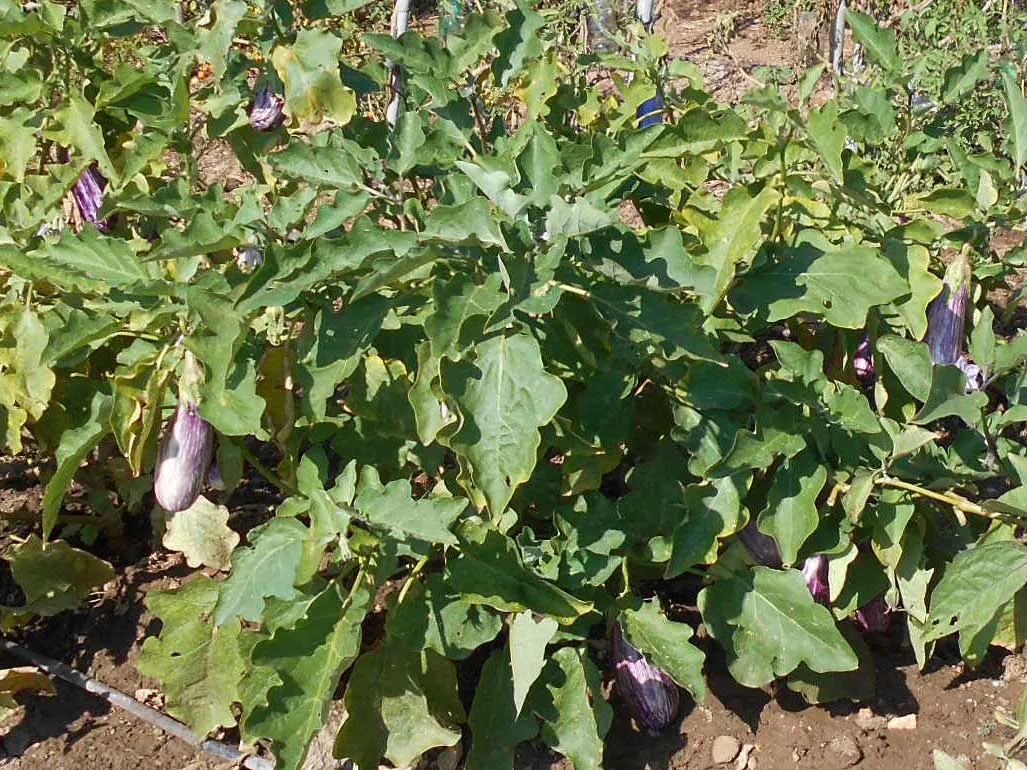
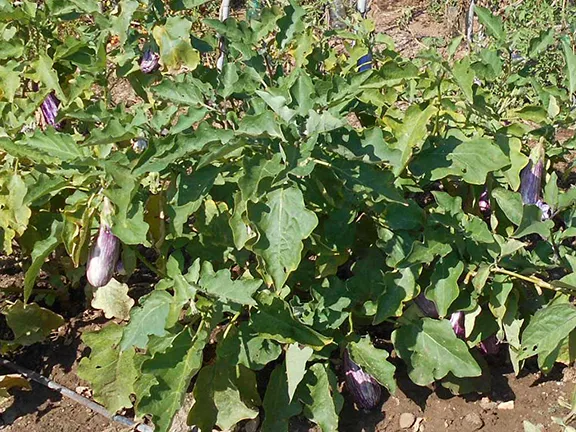
Aubergines
Most vegetable gardeners of my generation were taught to plant in rotation and prepare the ground accordingly. TV gardeners such as Percy Thrower, Geoff Hamilton and Arthur Billitt lovingly divided their veg plots into three, each year one plot would be manured/composted, the following year fertilised and limed if necessary and the third year left alone. Great if you grow one crop per year on each patch of land with a few catch crops but not so great here in Andalucia where you should get two crops per year and still have the odd catch crop, complicated because each crop is in the ground a different length of time to its neighbour. Sorry chaps, I had to give up and develop a different system.
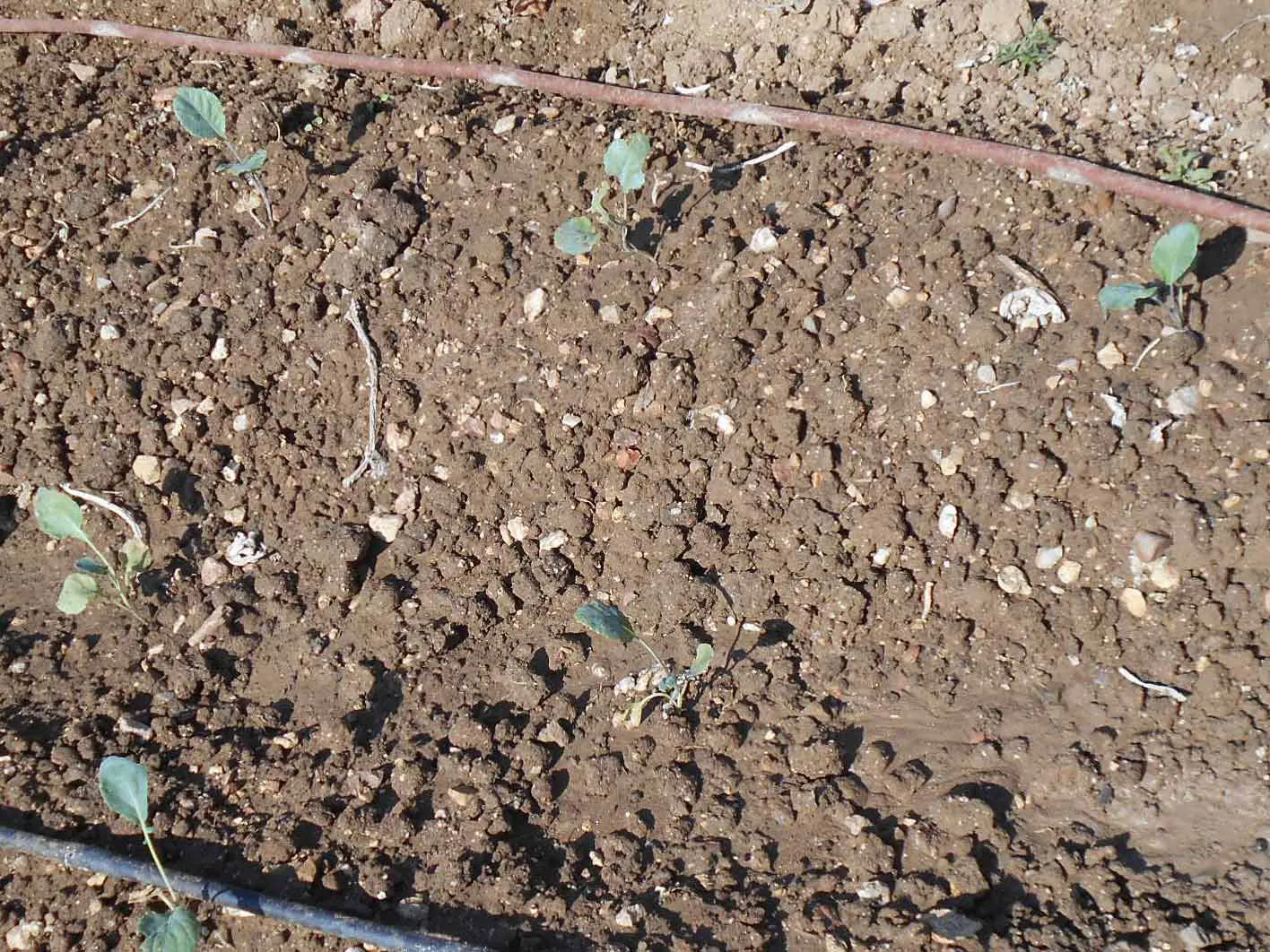
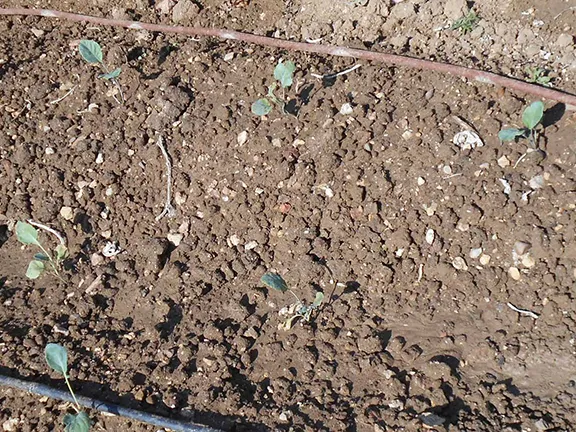
Romanesco plants
I also no longer use artificial fertilizer or lime so a quick compost recipe follows. Compost with natural fertilizers such as borage, banana peels (good for extra potassium) and any of the herbs along with the normal grass clippings, weeds, kitchen (uncooked only) and garden waste will do the job just fine. Add all your crushed egg shells, that’s the same as adding lime, and if you can get hold of coffee grounds from a local café they add nitrogen and act as an accelerator. Add animal or poultry manure. Ideally the heap should be layered, brown stuff followed by green followed by manure but I just bung it in whenever I have it.
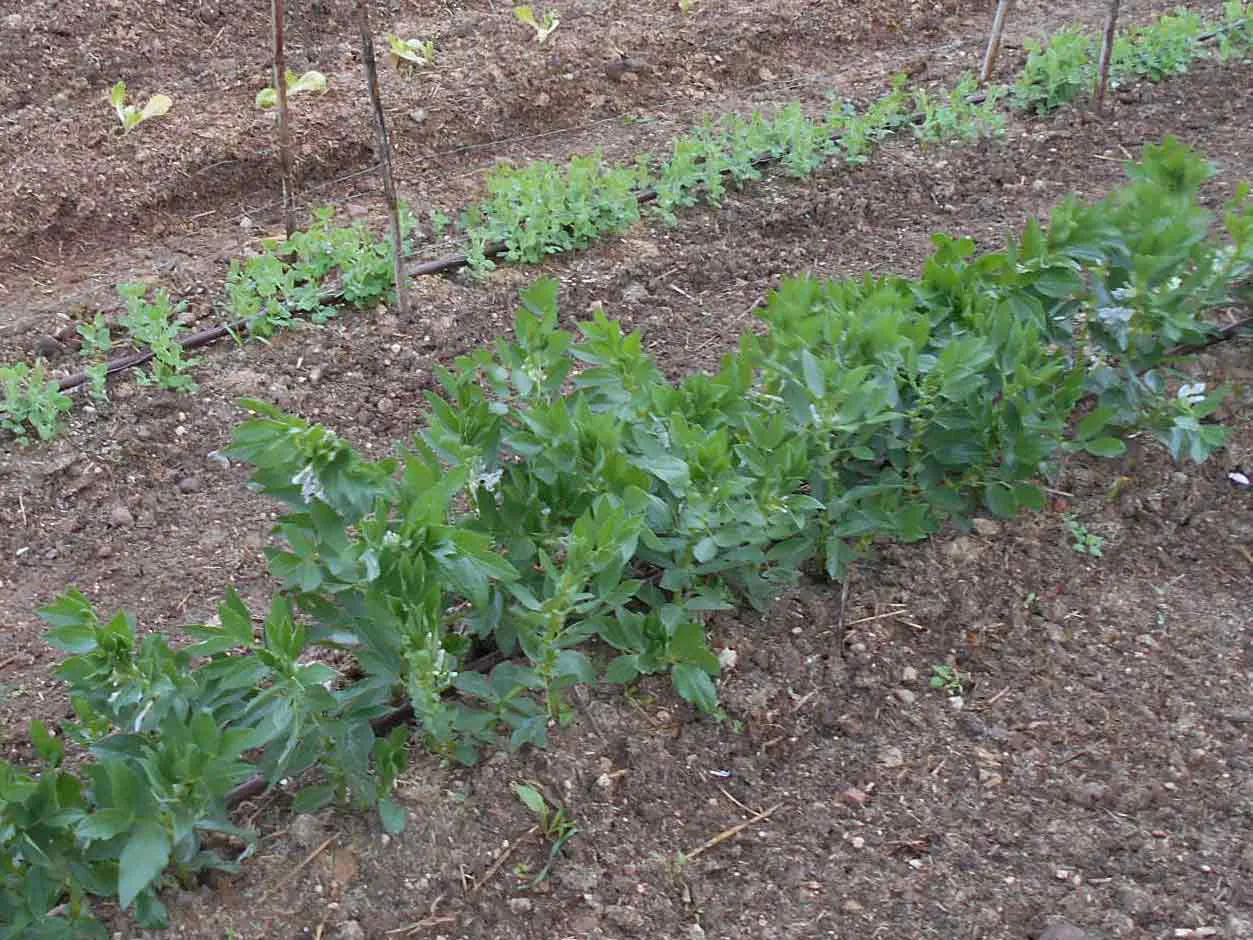
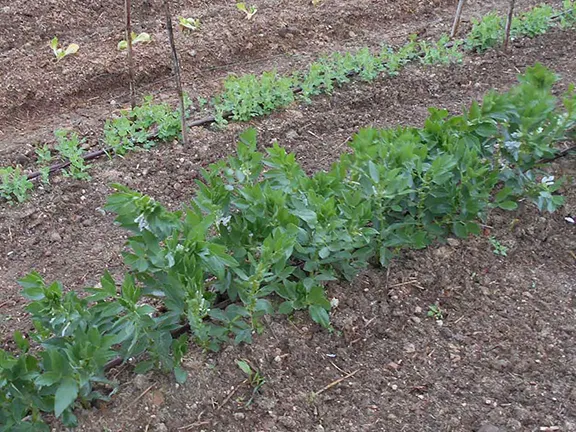
Fresh compost
As mentioned above, a neat and tidy crop/land rotation system is not efficient here so I prepare each row for each planting or seeding to follow. In this method each year every row and therefore the entire plot has compost dug in at least once. Autumn is a major planting and sowing season so it is a good time to start, just follow the guide below. I have used as examples the veg that I grow, feel free to insert your favourites.
Rows prepared with well rotted compost. Plant legumes: peas, broad beans, mangetout. Alliums: white onions, red onions, leeks, spring onions, garlic. Salad veg: Lettuce, fennel, radish. Miscellaneous: potatoes.
Rows that will get compost next time: Root veg: carrots, beetroot, turnip, kohl rabi, salsify, parsnips, swede. Brassicas: cabbage, cauliflower, broccoli, romanesco.
Rows prepared with well rotted compost. Plant legumes: French beans, haricot beans, runner beans. Alliums: onions, leeks, spring onions. Salad veg: Lettuce, fennel, radish, dill, coriander, swiss chard. Miscellaneous: potatoes, sweet potatoes (late spring/summer), aubergines, peppers, chillies, tomatoes. Squash, courgettes, marrows, cucumbers, melons.
Rows that will get compost next time: Root veg: carrots, beetroot, turnip. Brassicas: cabbage, cauliflower, broccoli, sprouts, romanesco.
Try not to use fresh manure. Over years it can lead to a build up of phosphorus in the soil which makes it difficult for your plants to pick up other essential minerals.
One last tip. Try to follow any of the legumes with any of the brassicas. The legumes fix extra nitrogen in the soil that the brassicas really enjoy.